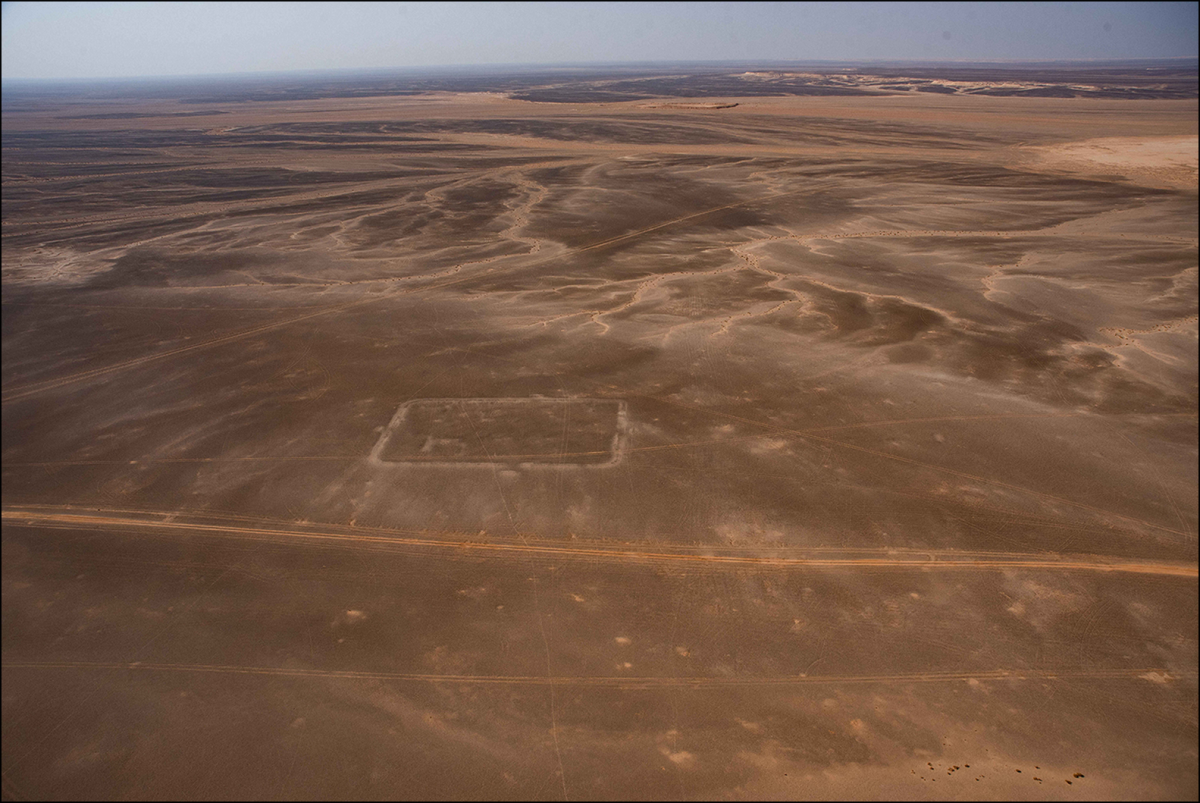Spectacular find thanks to Google Earth: archaeologists identify Roman military camps
As the archaeologists say in a recent article for the journal Antiquity write, the discovery could be evidence of a previously undocumented military campaign through southeastern Jordan to Saudi Arabia.
The first using Google Earth discovered, later confirmed by specifically created satellite images, probably date to the year 106 AD, according to researchers. They point to a campaign that may be related to the Roman takeover of the Nabataean kingdom in AD 106. The center of the Nabataean kingdom at that time was the world-famous city of Petra, which is now in Jordan.
Research director Dr. Michael Fradley has little doubt about this chronological order. He says: “We are almost certain that they were built by the Roman army, as the complexes have the typical shape of a playing card, with opposite entrances on each side. The only notable difference between them is that the westernmost camp is significantly larger than the two eastern ones.”
military expert dr. Mike Bishop adds: “These camps are a spectacular new find and an important new insight into the Roman campaigns in Arabia. Roman forts and fortresses show how Rome held a province, but the makeshift camps reveal how they acquired it in the first place”.
Editor’s Recommendations
After that, the camps are said to have been built as temporary defensive stations to support the Roman military on its campaigns. They may have only been used for a few days or weeks.
Since the distance between the camps is 37 to 44 km, the archaeologists suspect that there must probably be another camp that has not yet been discovered. Otherwise, the distances would be too great for an army that moved primarily on foot.
The newly discovered camps run in a straight line towards Dûmat al-Jandal in present-day Saudi Arabia. For the researchers, this indicates that Rome had to force the takeover at the time. Until now, however, historians have assumed that the transfer of power at the end of the reign of the last Nabataean king was peaceful.
On-site investigations should now confirm the dating. The researchers are also wondering why the camps were so different in size. In the western camp there was room for twice as many fighters as in the two eastern ones.
The researchers are now looking for the reasons for this. It seems conceivable that the western camp could have had a larger supply character. The other camps could have been supplied with water and food from there.



